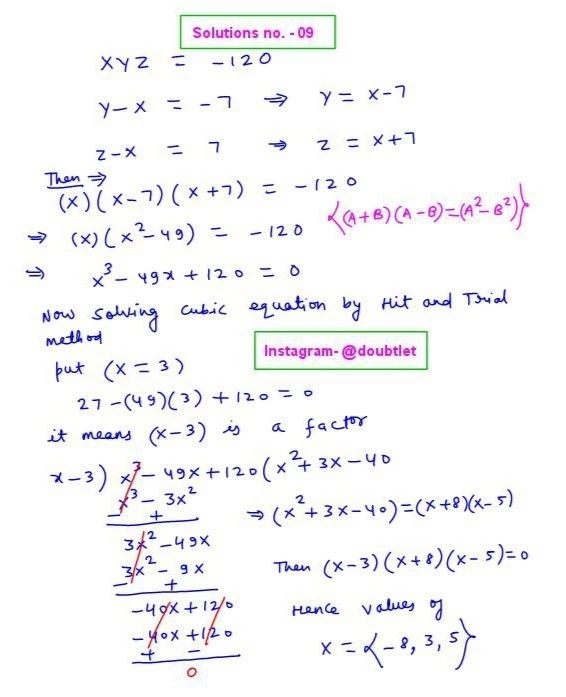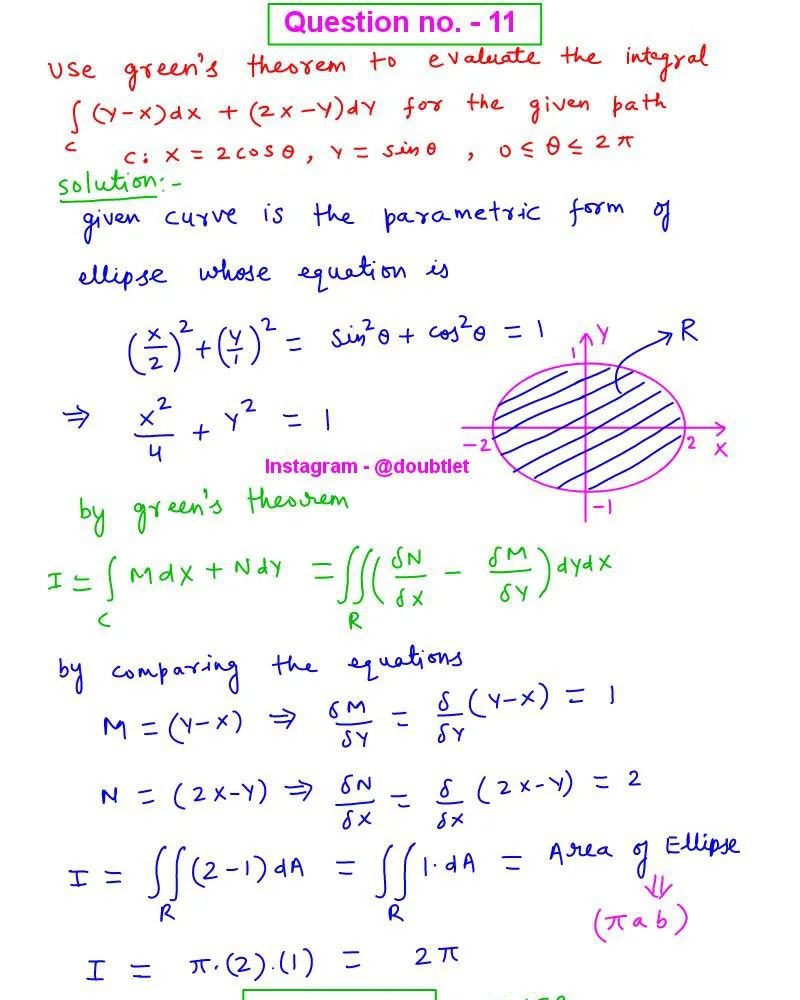









Question :
A tank contains liters of fluid in which grams of salt is dissolved. pure water is then pumped into the tank at a rate of l/min; the well-mixed solution is pumped out at the same rate. find the number of grams of salt in the tank at time .

Solution:

Neetesh Kumar | November 07, 2024
Differential Equation Homework Help
This is the solution to Math 2A, section 13Z, Fall 2023 | WebAssign
Math002ACh3Sec01 (Homework) Question - 4
Contact me if you need help with Homework, Assignments, Tutoring Sessions, or Exams for STEM subjects.
You can see our Testimonials or Vouches from here of the previous works I have done.
Step-by-Step-Solution:
To find the amount of salt in the tank at time , we can set up a differential equation based on the rate of salt entering and leaving the tank.
-
Initial Conditions:
- The initial amount of salt is grams.
- The volume of the tank is constant at liters.
-
Rate of Salt Removal: Since pure water is entering the tank, the concentration of salt in the tank is given by:
The rate at which salt leaves the tank is the product of this concentration and the outflow rate:
-
Setting Up the Differential Equation: The rate of change of the amount of salt in the tank is given by the rate of salt coming in minus the rate of salt going out. Since no salt is entering the tank (pure water is being added), the equation is:
This simplifies to:
-
Solving the Differential Equation: This is a first-order linear differential equation. We can separate variables and integrate:
Integrating both sides:
Exponentiating gives:
Let , thus:
-
Applying Initial Conditions: We know that grams, so:
Thus, . Therefore:
Final Answer
The number of grams of salt in the tank at time is:
Please comment below if you find any error in this solution.
If this solution helps, then please share this with your friends.
Please subscribe to my Youtube channel for video solutions to similar questions.
Keep Smiling :-)
Comments(0)



Leave a comment